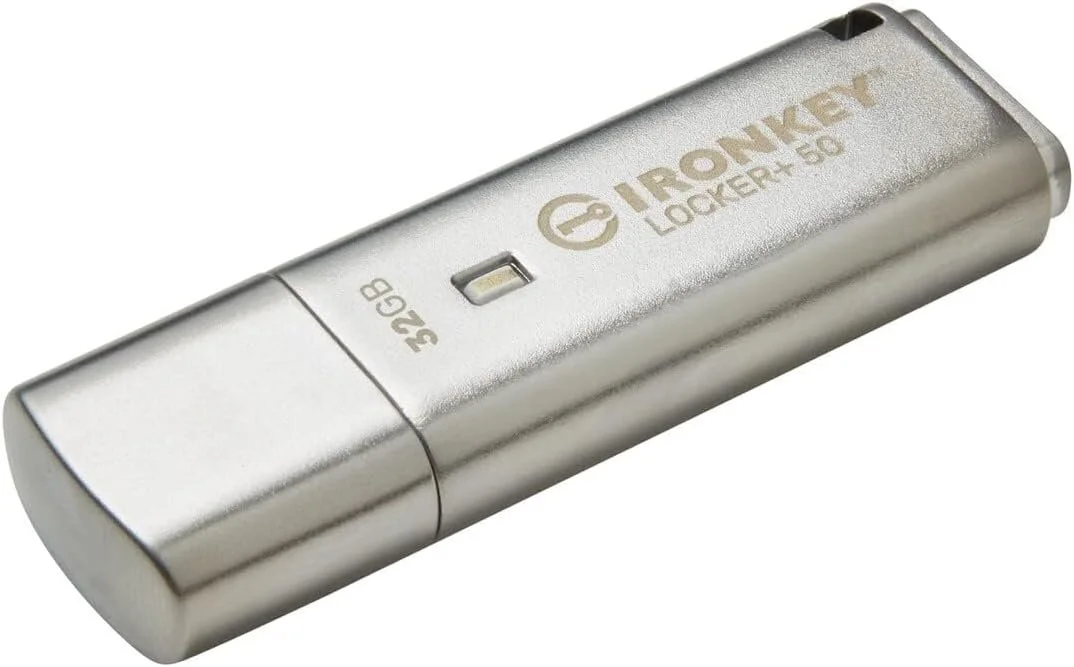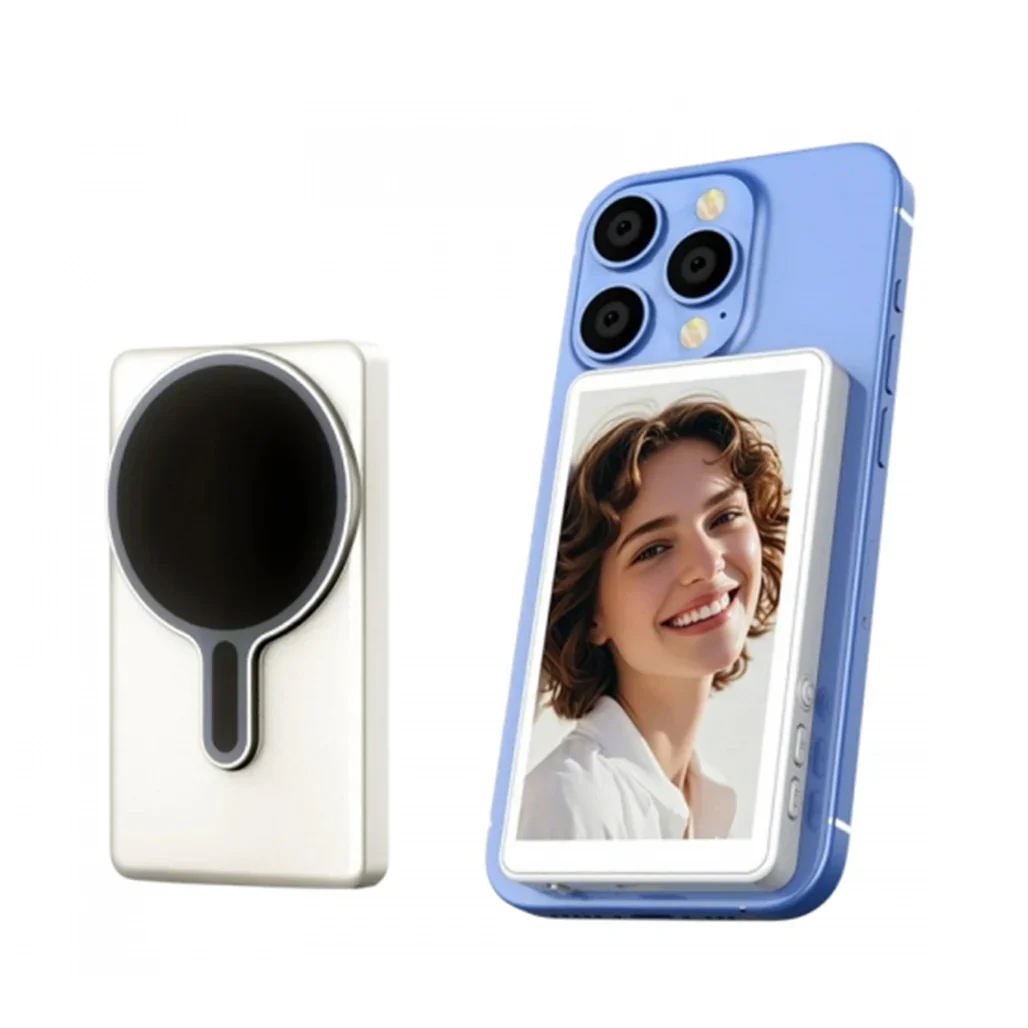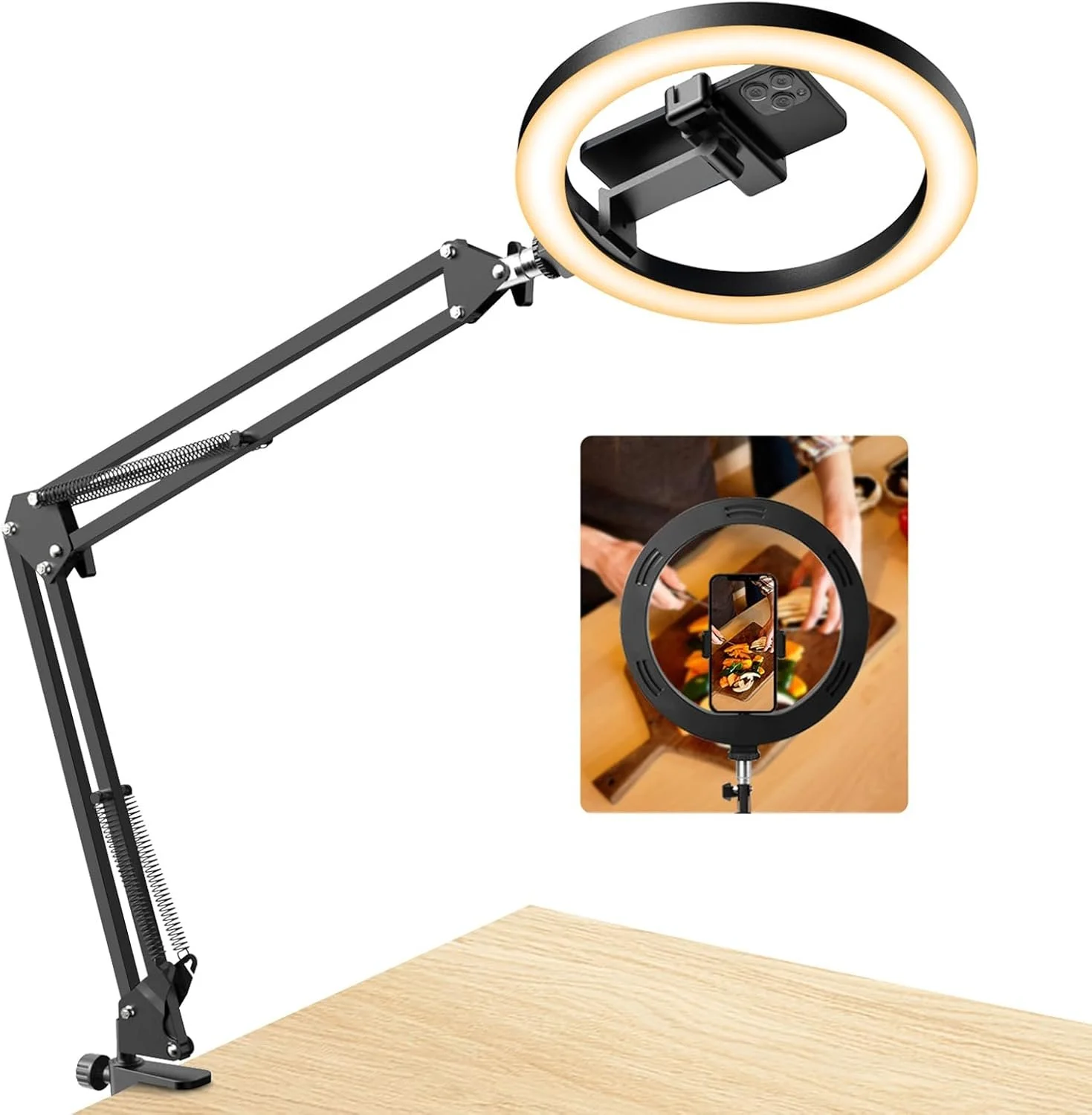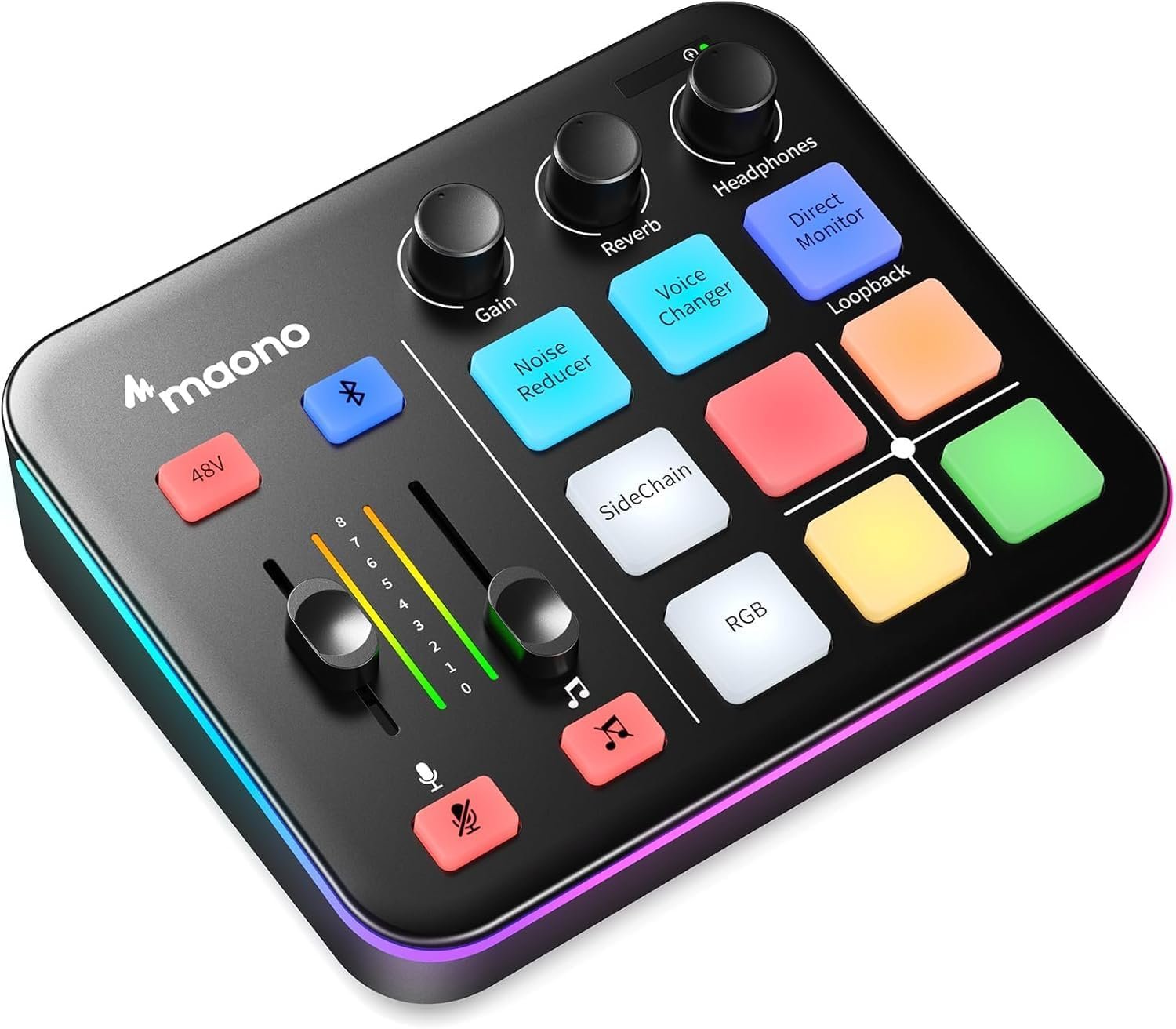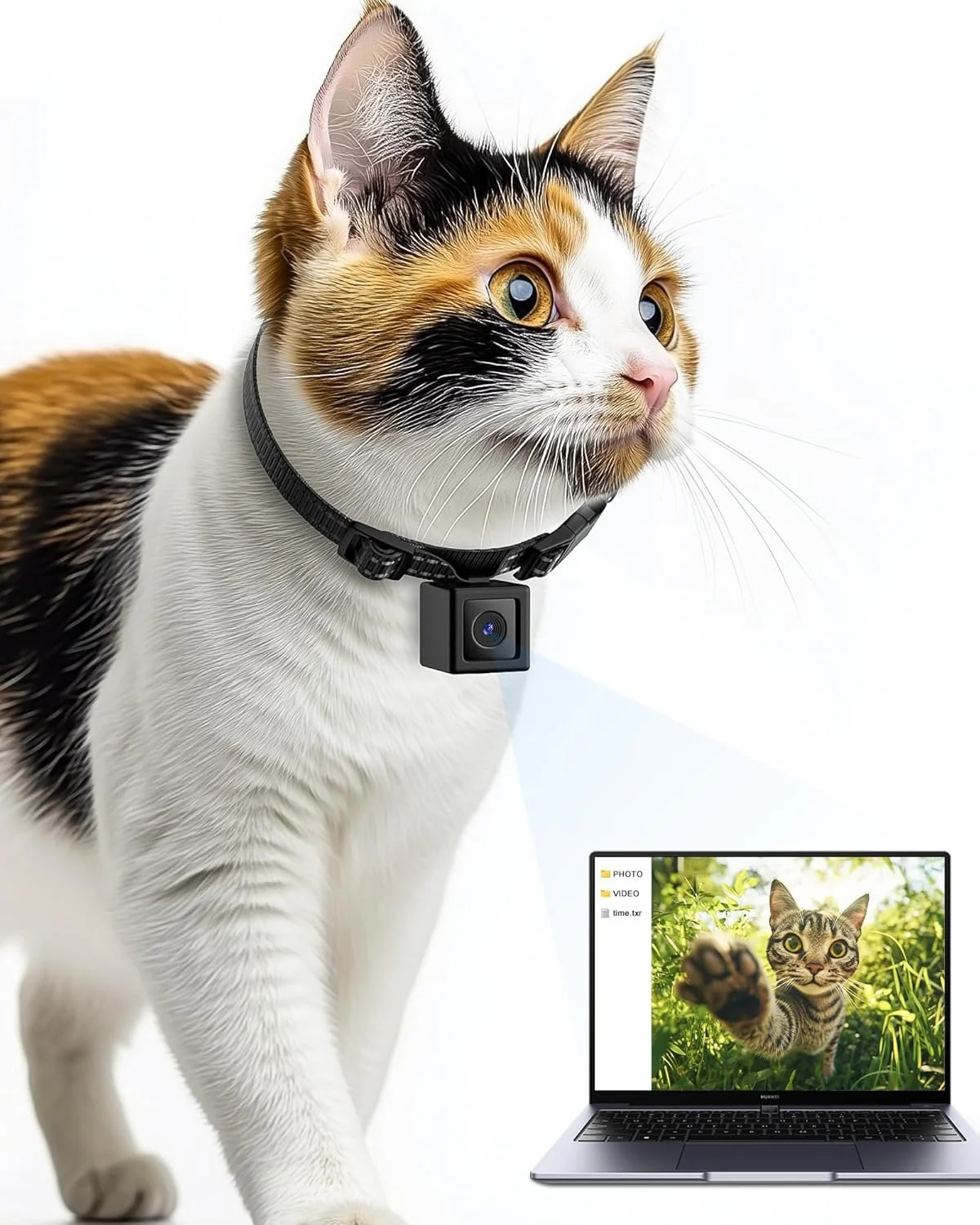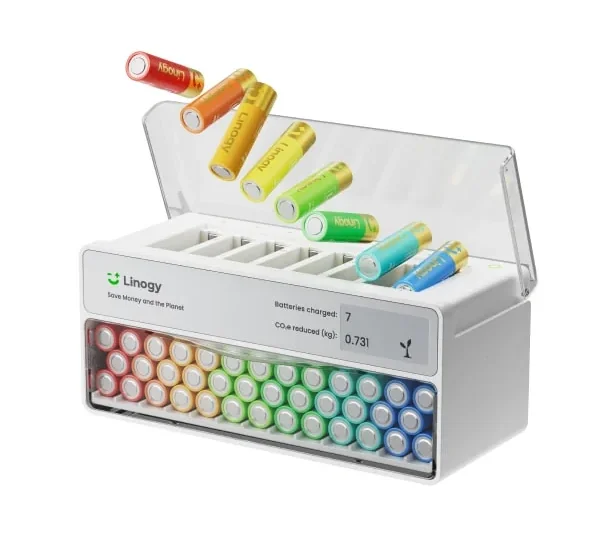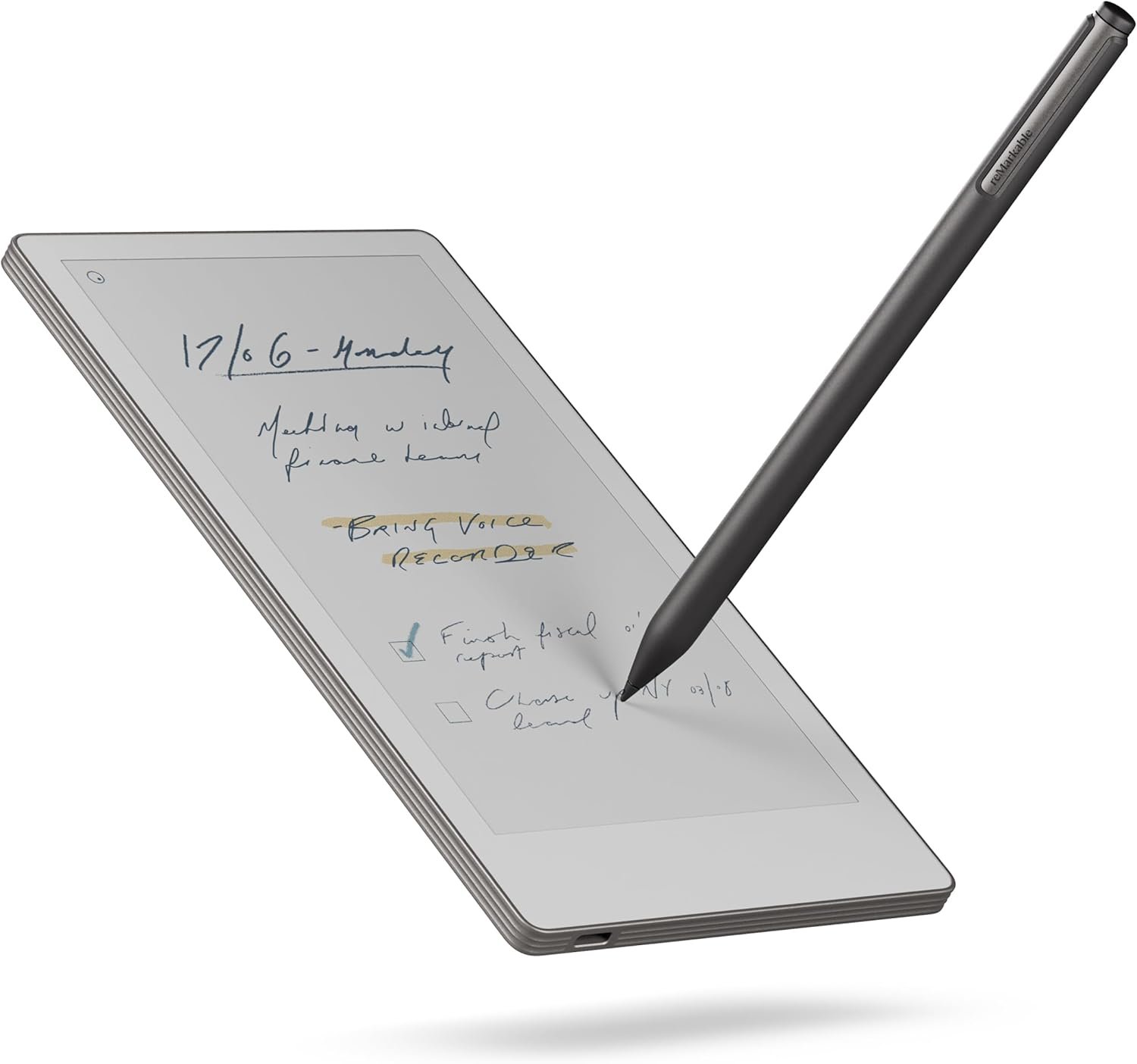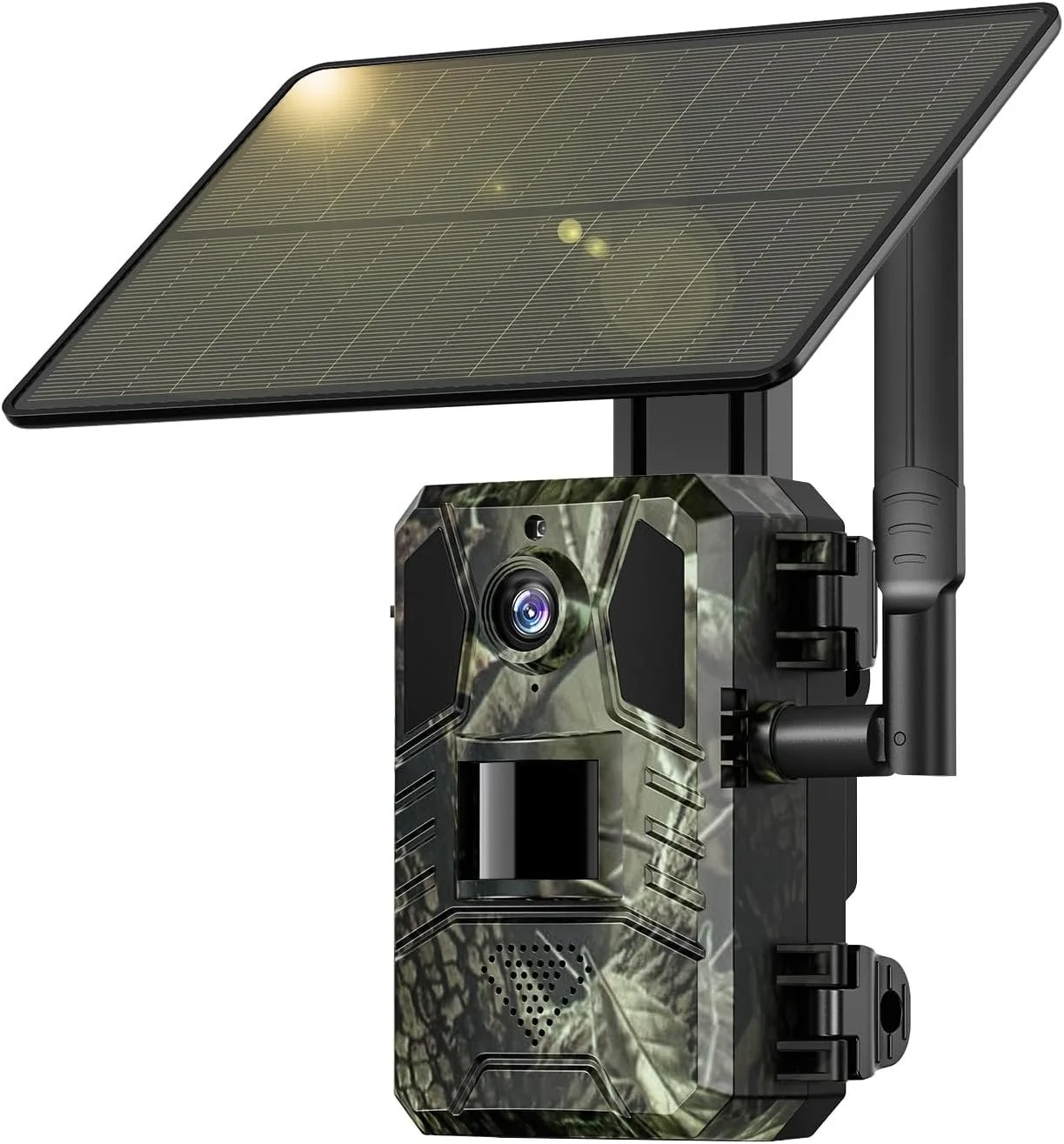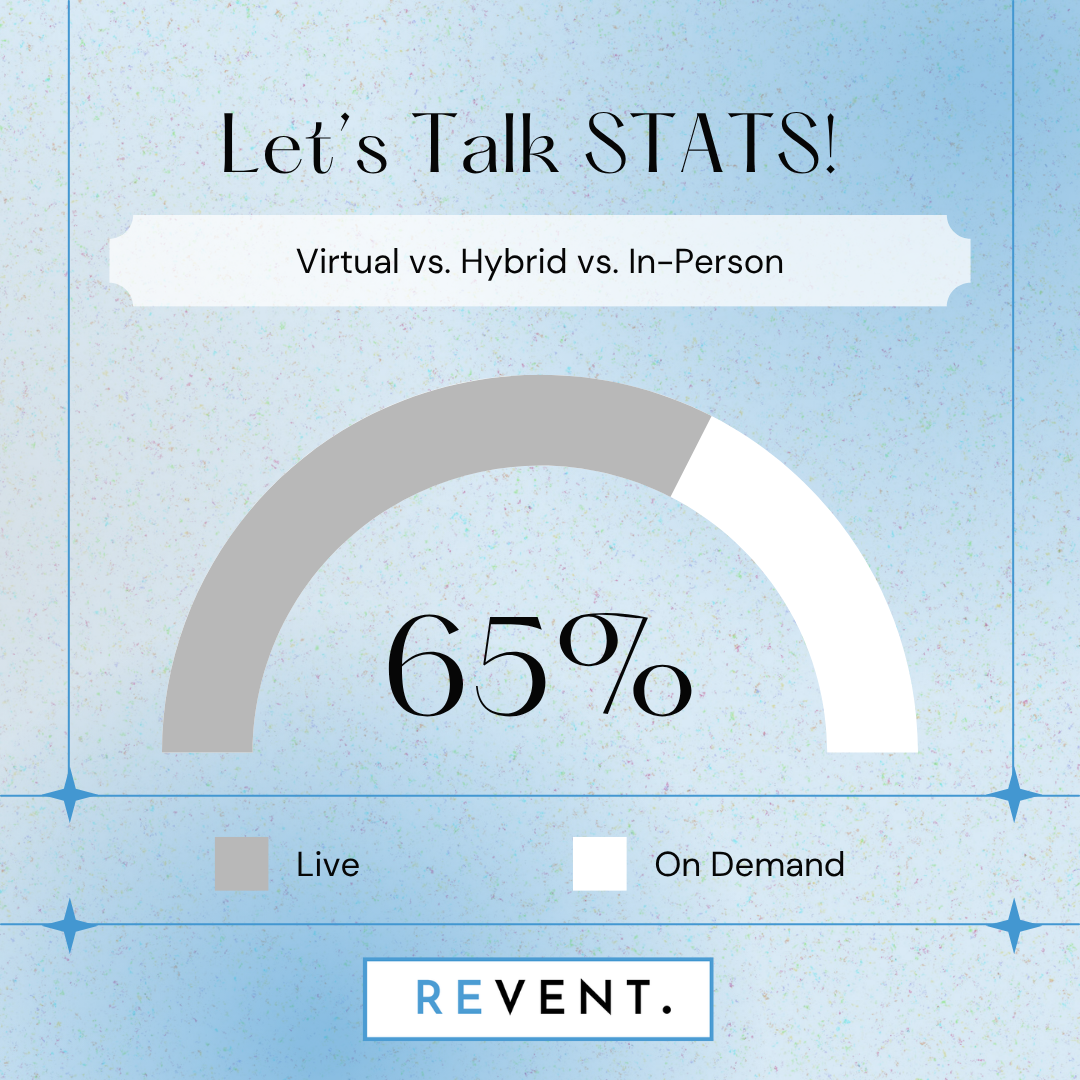‘Tis the season for the team at Revent to share our favorite streaming, event and production gift ideas! Not to mention a few items that we’d like to see in our own stockings this year. Our guide from last season is still a great place to start for home office and live streaming basics, so let’s dive in a little deeper and highlight the tech and toys that caught our attention over the past year to add to the holiday shopping list without breaking the bank.
Power on the go, no cables necessary
Portable Chargers from Charmast
There’s no such thing as too many portable chargers, though this one is so versatile it might become the only one you reach for when leaving the house. With support for fast charging, slim and lightweight design, and cords for every device built-in, it’s the perfect emergency backup that doesn’t also feel like a rock in your pocketbook or backpack. And for longer trips, there’s a option with twice the amount of power storage that’s only 33% heavier.
Fast and secure storage for sensitive files
Ironkey Locker+ 50 from Kingston
For the security minded professional who travels or shares files often, Kingston’s IronKey Locker+ 50 offers serious data protection in a small, sleek package. With hardware encryption and secure password management, it keeps sensitive content safe while staying plug-and-play simple. Peace of mind, pocket-sized.
Take measurements digitally and accurately
Laser Measuring Tool from HOTO
When working onsite, accurate measurements are crucial to a clean and well designed setup. But no need to pull out cumbersome tape measurers and levelers anymore when there’s a quicker, sleeker intuitive solution like this digital measuring ring from HOTO. Just point the infrared laser and click. It even syncs with a smartphone app if you’re looking to record and organize multiple measurements for whichever project you’re currently working on.
$29.99 HOTO Laser Measuring Tool (Amazon)
A next-gen, pocket sized webcam
PTZ Streaming Cameras from OBSBOT
Looking for a cutting edge webcam that’s intelligent, compact and versatile? The Tiny SE from OBSBOT brings PTZ tracking to the masses, keeping you in frame and in focus at all times, with image quality and features that normally come with a much higher price tag. It integrates seamlessly with OBS, and can easily expand to a multi-camera PTZ setup for live switching. There’s also a 4K option with even more bells and whistles for high end users.
Upgrade selfies and vlogs with rear camera clarity
Selfie Monitor Screen from LUCKSKY
Want to know how professional vloggers always look their best? A selfie monitor screen gives you full display of your rear facing camera and attaches to the back of your phone, so you can snap and record at the best possible quality without the guesswork. Also doubles as a monitor and recorder when filming using your phone at any angle. A handy assistant for photography, livestreaming and virtual meetings on the go.
$39.99 LUCKSKY Selfie Monitor (Amazon)
Professional lighting and framing for content creation
Ring light with stand and mount from Evershop
Simple, sleek, and instantly transformative, a ring light with a stable stand and phone mount delivers flattering, even light for any livestream, overhead recording, or on-the-go shoot. It’s the easiest way to boost production quality without needing a full lighting setup. A small gift with a big impact on camera confidence for any budding artists, chefs or crafters looking to share their creativity with the world.
A superior selfie stick with stability and versatility
Handheld Gimbal and Stabilizer from acer
Smooth footage, steady shots, and versatile functionality, all in one compact tool that fits in your pocket. This handheld gimbal keeps your smartphone content professional and cinematic, whether you’re recording, live streaming, or capturing event highlights. The built-in selfie stick and tripod make it the ultimate grab-and-go filming companion.
$29.99 acer Gimbal Stabilizer 1Axis (Amazon)
Enhanced audio for streaming, gaming, or just for fun
Audio Mixer and Interface from MAONO
Don’t let the name fool you - MAONO’s gaming audio mixer is a gift for anyone who values great sound and dynamic, cool features. Its intuitive controls, built-in noise reduction, XLR input and multi-channel mixing make it an ideal audio interface for podcasting, livestreams, or hybrid event hosting. And the inclusion of sound effect pads and voice changing filters makes it an entertaining addition to just about any conferencing or computing setup.
$43.26 MaonoCaster G1 NEO (Amazon)
Wireless mics at a nice price
Mini lavalier microphone system from DJI
Compact, reliable, and impressively clear, the DJI Mic Mini is a dream for mobile creators and event hosts alike. With dual transmitters, long-range connectivity, and intuitive plug-and-play design, it delivers studio-quality sound without the bulk. Perfect for interviews, livestreams, and on-the-go production days.
$99.99 DJI Mic Mini (Amazon)
Follow the friends around
Pet Camera Collar from ZoomaraKam
See the world from your pet’s point of view with this full-HD collar camera. Lightweight and easy to attach, it records crisp 1080p video of your cat or dog’s daily adventures with a wide angle lens onto an SD card. Perfect for furry social media stars or hybrid-event hosts who double as pet parents.
$45.99 ZoomaraKam HD 1080p Cat Collar Camera (Amazon)
Classy organization for small cables and electronics
Tech Pouch from Peak Design
Whether it's cables, chargers, SD cards, power banks or pens, this smart organizer keeps every piece of tech tucked in its place. With origami-style interior pockets, a clamshell opening, cable pass-through and weather-resistant build, it goes from home office to on-the-road with ease. A thoughtful gift for travelers, or for anyone that could use some well designed storage.
$59.95 Peak Design Tech Pouch (Amazon)
Endless batteries without the waste
Rechargeable battery station from LINOGY
From remotes to recording gear, this 3-in-1 charging station keeps devices powered and power organized. It charges and tests AA/AAA batteries in just three hours, stores up to 40, and auto-releases when full. Compatible with multiple battery types and featuring an e-ink display that tracks your environmental impact, it’s a practical, sustainable upgrade for anyone juggling event gear or home tech.
$88.99 LINOGY 8-slot Lithium Battery Charger (Amazon)
Handwritten notes for a digital world
Digital Paper Tablet from reMarkable
A big ticket item for the note-taker, planner, or producer in your life who still loves the feel of pen and paper, but could do without the clutter. The Paper Pro Move by reMarkable feels natural to use, streamlines your workflow, digitizes your notes, and syncs seamlessly across devices. It’s minimalism meets productivity in one elegant tablet, and the newer smaller display size makes it even more portable and pocketable than ever before.
$499.00 Paper Pro Move with Marker Plus (Amazon)
The personal mobile coffee station
Portable Espresso Machine from OutIn
Because every producer, host, and tech team deserves coffee breaks without compromises to quality, no matter where they end up. The Outin Nano portable espresso machine delivers café quality shots on demand, whether its onsite, backstage, or mid-stream. Compact, rechargeable, and surprisingly powerful, it’s the perfect mix of fuel and function for those long event days, or for any frequent traveler or camper.
$149.99 OutIn Nano Portable Electric Espresso Machine (Amazon)
Livestream the great outdoors
4G Cellular Trail Cameras
Built specifically for long term outdoor use, 4G cellular trail cameras are a great way to monitor and appreciate local wildlife, but they can also facilitate all sorts of creative production solutions. With a 4G subscription plan, they can be used to capture candid behind-the-scenes content, monitor remote sets, or keep an eye on gear during events. They’re reliable, rugged, and always connected, even where Wi-Fi can’t reach.
